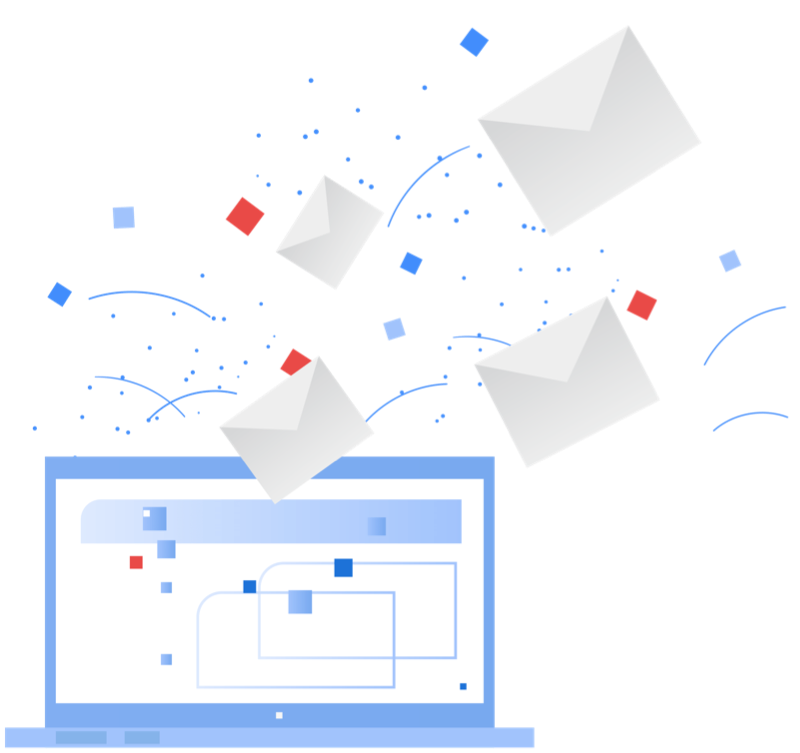Email Marketing: A Comprehensive Guide to Boost Your Business
In today's digital age, email marketing is an essential component of any marketing strategy. It is a powerful tool that can help businesses connect with their target audience, build relationships, and drive conversions. Whether you are a small business owner or a marketing professional, this comprehensive guide will provide you with all the information you need to create an effective email marketing campaign.
What is Email Marketing?
Email marketing is the process of sending targeted promotional messages to a group of people via email. It is an effective way to communicate with customers and prospects, build brand awareness, and promote products or services. Email marketing can include a variety of content, such as newsletters, product updates, event invitations, and promotional offers.
Benefits of Email Marketing
Email marketing has numerous benefits for businesses of all sizes. Here are some of the key advantages:
1. Cost-effective: Email marketing is one of the most cost-effective marketing channels available. It allows businesses to reach a large audience without spending a lot of money on advertising.
2. Personalization: With email marketing, businesses can send personalized messages to their subscribers based on their interests, preferences, and behaviors. This helps to build stronger relationships and drive engagement.
3. Measurable: Email marketing provides businesses with valuable insights into how their campaigns are performing. It allows businesses to track open rates, click-through rates, and conversions, which can be used to optimize future campaigns.
4. High ROI: Email marketing has a high return on investment (ROI) compared to other marketing channels. According to a study by the Direct Marketing Association, email marketing has an average ROI of $42 for every $1 spent.
How to Create an Email Marketing Campaign
Creating an effective email marketing campaign requires careful planning and execution. Here are the steps to follow:
1. Define your goals: Before you start creating your campaign, it's important to define your goals. What do you want to achieve with your campaign? Is it to promote a new product or service, drive traffic to your website, or increase sales? Defining your goals will help you to create a more targeted and effective campaign.
2. Build your email list: Your email list is the foundation of your email marketing campaign. You can build your list by offering incentives such as discounts or freebies in exchange for subscribers' email addresses. You can also collect email addresses at events, through social media, or through your website.
3. Choose an email marketing service provider: There are many email marketing service providers to choose from, such as Mailchimp, Constant Contact, and AWeber. These services offer a range of features, such as email templates, automation, and analytics.
4. Create your content: Your email content should be engaging, relevant, and valuable to your subscribers. It should include a clear call-to-action (CTA) that encourages subscribers to take action, such as making a purchase or visiting your website.
5. Test and optimize: Before you send your campaign, it's important to test it to ensure that it looks good on different devices and email clients. You can also use A/B testing to test different subject lines, content, and CTAs to see what works best.
6. Send your campaign: Once you're happy with your campaign, it's time to send it to your subscribers. You can choose to send it immediately or schedule it for a later date and time.
Email Marketing Best Practices
To get the most out of your email marketing campaign, it's important to follow best practices. Here are some tips to keep in mind:
1. Segment your list: Segmenting your email list allows you to send more targeted and relevant messages to your subscribers. You can segment your list based on factors such as location, interests, and purchase history.
2. Use a clear subject line: Your subject line is the first thing that subscribers will see in their inbox. It should be clear, concise, and relevant to the content of your email. Avoid using spammy words or excessive punctuation, as this can trigger spam filters.
3. Personalize your emails: Personalization can help to increase engagement and build stronger relationships with your subscribers. Use their name in the greeting, and segment your list to send more targeted messages.
4. Optimize for mobile: More than half of all emails are opened on mobile devices, so it's important to optimize your emails for mobile. Use a responsive design that adjusts to different screen sizes, and keep your content short and scannable.
5. Provide value: Your email content should provide value to your subscribers. Offer useful information, exclusive discounts, or special offers that are relevant to their interests and needs.
6. Follow email marketing laws: There are laws and regulations that govern email marketing, such as the CAN-SPAM Act in the US. Make sure you follow these laws by including an unsubscribe link, identifying yourself as the sender, and honoring unsubscribe requests promptly.
Email Marketing Metrics to Track
To measure the success of your email marketing campaign, you need to track key metrics. Here are some metrics to keep an eye on:
1. Open rate: The percentage of subscribers who opened your email.
2. Click-through rate (CTR): The percentage of subscribers who clicked on a link in your email.
3. Conversion rate: The percentage of subscribers who took a specific action, such as making a purchase or filling out a form.
4. Bounce rate: The percentage of emails that were undeliverable and returned to the sender.
5. Unsubscribe rate: The percentage of subscribers who opted out of receiving future emails.
Conclusion
Email marketing is a powerful tool that can help businesses connect with their target audience, build relationships, and drive conversions. By following best practices and tracking key metrics, businesses can create effective email marketing campaigns that deliver results. Whether you're a small business owner or a marketing professional, this comprehensive guide has provided you with all the information you need to get started with email marketing. So, start building your email list and create engaging content that will help you reach your business goals.

Free Training
Learn How I Grow My Email List
Get Access To A Free 6-Part Video Training
My Recent Posts
All-in-One Sales Automation Platform
Check out my recent post on all-in-one sales and marketing tools and what I think of it.
Sales Funnels
Check out my recent post on sales funnels and what I think about them. Are they still worth it?

We understand that in order to take your business to the next level of success, you need to have the right tools and resources. That's why we offer a variety of services to help you grow your business online, including web hosting, email marketing, website creation, online course creation, and funnel marketing.
Thomas
